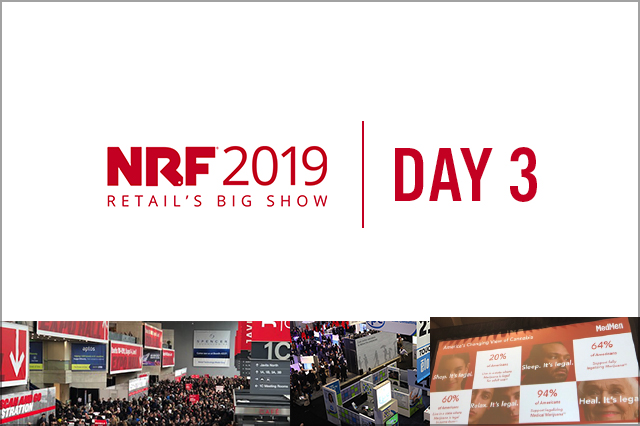
albert Chan
Brands must stand for something to stay relevant
Over the course of the day, we heard multiple panelists emphasize that consumers want to know what companies and brands stand for, and not just what they are selling. Companies are increasingly taking stands on social and political issues and we expect this trend to continue into 2019. In 2018, Dick’s Sporting Goods took a stand on gun control; Patagonia has a long heritage of being a mission-driven company and has given over $100 million to support environmental issues including air, water, and soil. The company also announced it would donate all the proceeds of the recent corporate tax cut to entities that combat climate change, saying the environment needed the money more.
On one panel, The Anatomy of a Mission-Driven Organization, moderator Amy Smith, Chief Giving Officer at TOMS, offered that the definition of a purpose-driven company is both “unique and authentic.” The mission of TOMS is “to help improve lives through business.” Smith said that everyone at TOMS, from the finance department to logistics, has a responsibility to support fulfilling that mission.
Jostein Solheim, Head of Unilever’s Foods and Refreshment Division, said that companies have to aim to do more than sell products today, and employees have to believe in the vison of the company, because brands and companies don’t have purposes — people do.
And brands with a purpose are becoming increasingly important to consumers. According to an Edelman study, over 50% of people purchased something because of what the company stood for, and not necessarily because of the product.
Smith even suggested brands can become irrelevant if they do not stand for something. Unilever looked at its entire portfolio of brands and companies, and found that mission-driven brands out-performed non-mission-driven brands. It’s not easy building a purpose-driven brand, but the results speak for themselves.
The Chinese consumer is leading the way
During the session titled Future Now: How China Today Foreshadows Shopping and Consumerism of Tomorrow, we got a flavor for how important — and just how different — the fast-growing China market is. When China first opened to foreign business decades ago, the lack of basic infrastructure to support commerce was one of the biggest challenges Western companies faced. Today, China has leapfrogged over decades of development in the West and has heavily embraced technologies that are still in their infancy in the West.
Here are some of the highlights:
 Source: MedMen[/caption]
Inclusion fuels growth
In a presentation on How Microsoft Become a Mission-driven Brand, Chris Capossela, Microsoft’s Chief Marketing Officer, stated that "inclusion fuels growth." He pointed out that inclusive design matters because:
Source: MedMen[/caption]
Inclusion fuels growth
In a presentation on How Microsoft Become a Mission-driven Brand, Chris Capossela, Microsoft’s Chief Marketing Officer, stated that "inclusion fuels growth." He pointed out that inclusive design matters because:
- Consumerism has ballooned in China, especially among young people who are less cautious about money than their parents.
- China has over 400 million millennials, and over 57% are highly educated.
- 90% of China’s millennials own smartphones.
- There are 700 million internet users.
- China’s consumers have embraced mobile, supporting a $1 trillion online economy.
- China’s consumers operate almost exclusively in WeChat, an app that handles messaging, social media, and payments, and nearly every aspect of communication in one tool.
- Seaport, Corso Como
- SOHO, Gucci
- SOHO, Hespirios
- SOHO, Rowing Blazers
- SOHO, Champion
- SOHO, Sunspel
- SOHO, Roman and Williams Guild
- SOHO, Birkenstock
- Meatpacking District, Dior
- NOHO, The Phluid Project
- Levi’s Times Square
- Fifth Avenue, MedMen
 Source: MedMen[/caption]
Inclusion fuels growth
In a presentation on How Microsoft Become a Mission-driven Brand, Chris Capossela, Microsoft’s Chief Marketing Officer, stated that "inclusion fuels growth." He pointed out that inclusive design matters because:
Source: MedMen[/caption]
Inclusion fuels growth
In a presentation on How Microsoft Become a Mission-driven Brand, Chris Capossela, Microsoft’s Chief Marketing Officer, stated that "inclusion fuels growth." He pointed out that inclusive design matters because:
- There are over 1 billion people with disabilities in the world.
- Black and Hispanic consumers account for 19% of US spending power.
- The global spending power of women is estimated at $40 trillion.
- By 2025, 75% of the workforce will be younger than 35 years old.